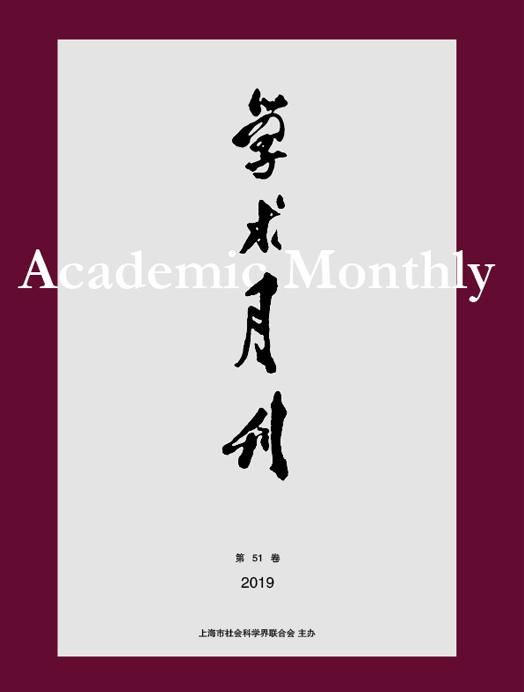China’s Participation in the RCEP: Basis, Rules, Prospects
- Available Online: 2021-03-22
Abstract: Employing detailed data, this paper analyzes the economic and trade foundation, institutional arrangements and development prospects of the Regional Comprehensive Economic Partnership Agreement (RCEP). Four conclusions are drawn. First, the RCEP is a vertical FTA covering the largest population and economies with different income levels, but it is not the largest FTA in the world if measured by GDP, trade, and investment. Second, the level of intra-RCEP trade is similar to those of the USMCA and the TPP, while that of intra-ASEAN trade is equivalent to that of the intra-MERCOSUR trade. Compared with Japan, China plays a greater role in promoting intra-RCEP trade. There exists an obvious asymmetry in the bilateral value chain linkages between China and the RCEP. Third, on the whole, as the RCEP members become increasingly similar in terms of GDP, the trade volume between them tends to increase. But this doesn’t necessarily hold for the relationships between China and all other RCEP members. Fourth, the RCEP can be seen as an important development of FTA construction in the Asian-Pacific region and China. However, compared with TPP/CPTPP and USMCA, and even with the WTO, the RCEP is not a high-standard FTA. It still has much room for improvement in reducing non-tariff barriers in such fields as investment and service trade.




 沪公网安备 31010102003103号
沪公网安备 31010102003103号 DownLoad:
DownLoad:




